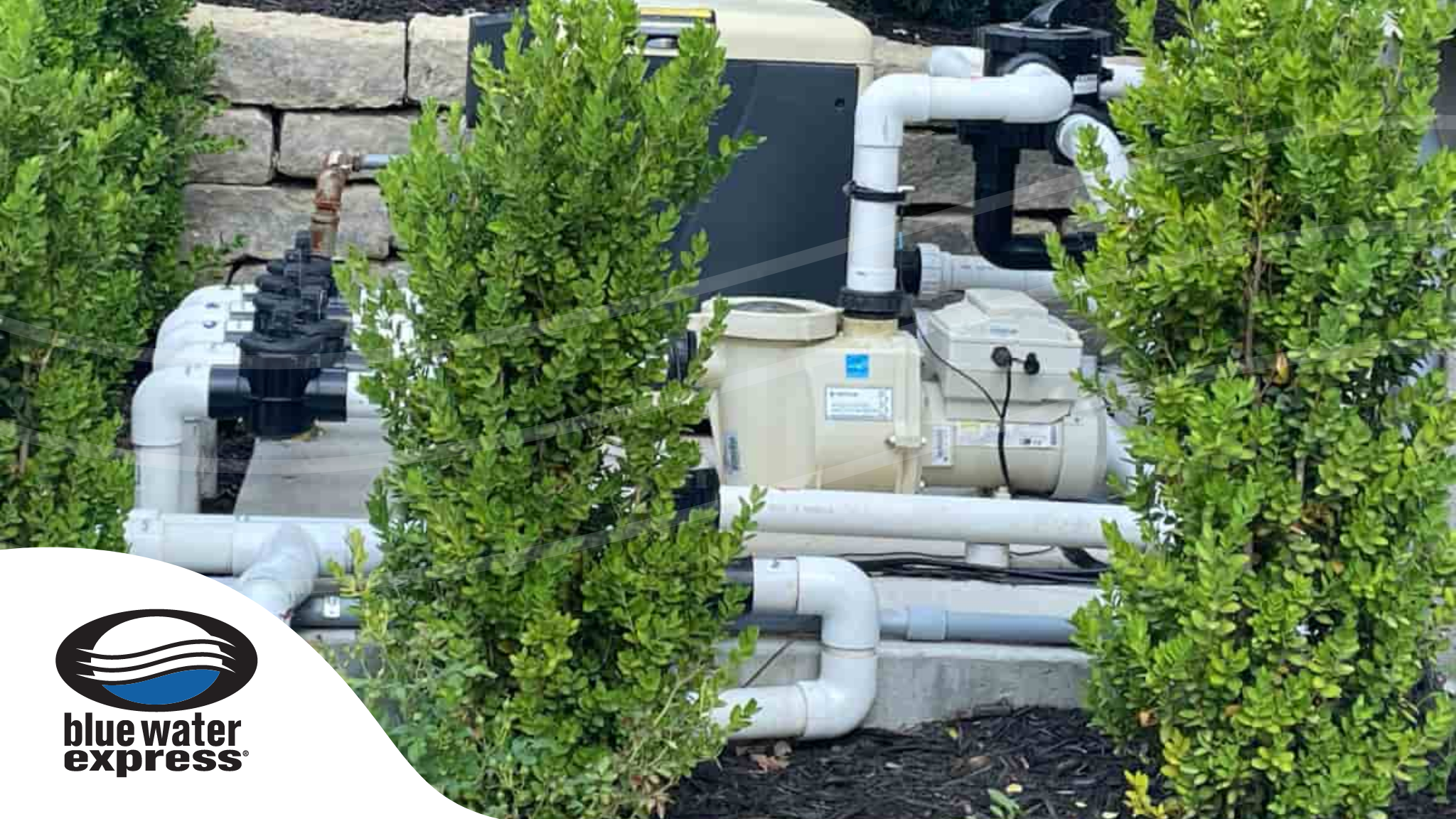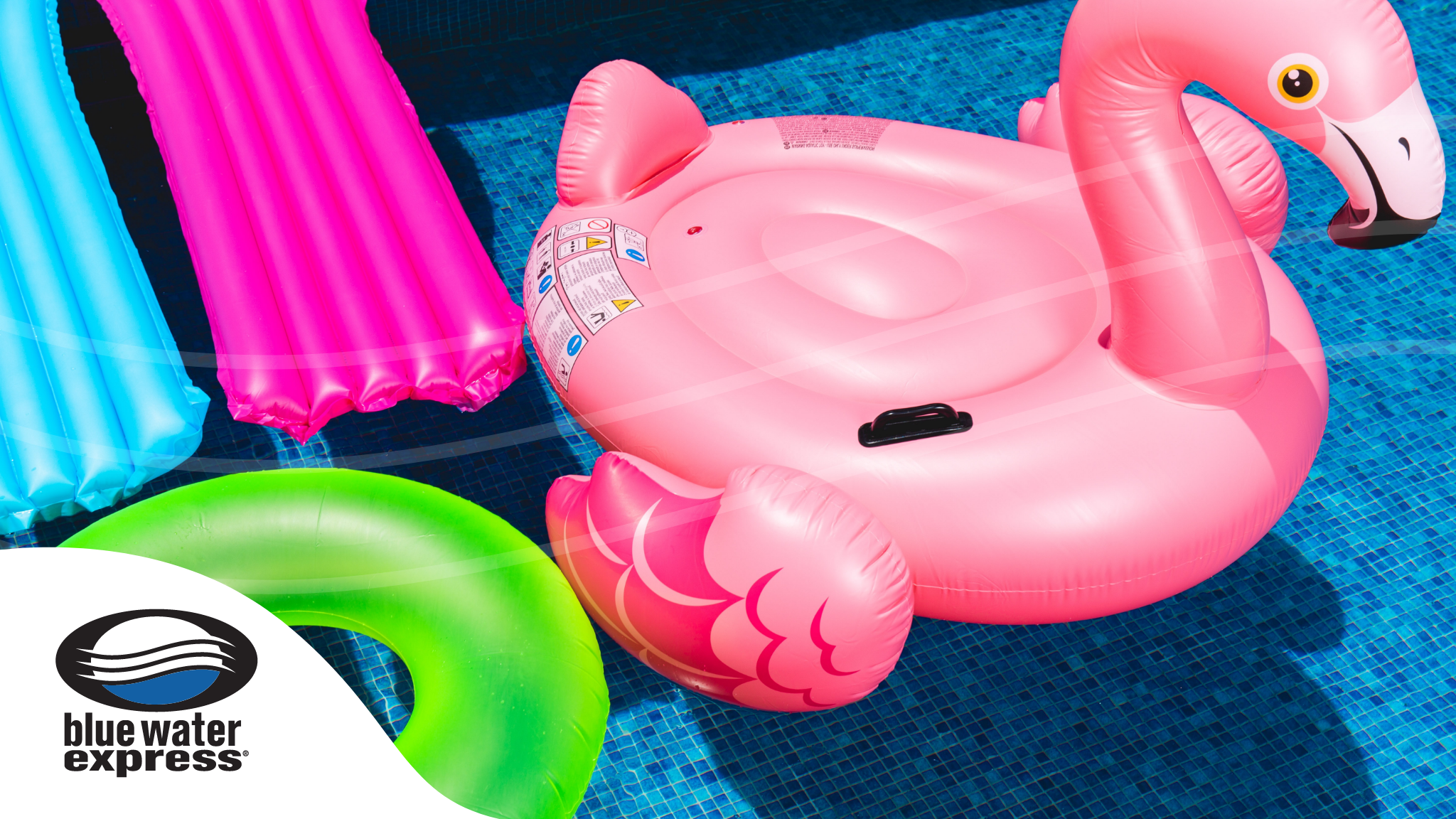Choosing the right pool cover for your custom-built pool can seem like a daunting task, but it doesn’t have to be. In this guide, we’ll walk you through twelve essential tips to help you make the best choice for your needs. Whether you’re looking to keep your pool clean, warm, or safe, we’ve got you covered.
1. Consider the Climate
Your local climate can greatly affect the type of pool cover you should choose. In colder regions, a cover that provides thermal insulation might be more beneficial, whereas, in sunnier areas, a UV-resistant cover might be more appropriate. If you live in a place where winters are harsh, investing in a cover designed to withstand freezing temperatures can save you from costly repairs. For instance, heavy-duty solid vinyl covers provide excellent protection against freezing and cracking.
On the other hand, if you’re in a region with intense sunlight and occasional sandstorms or windy weather, a mesh cover that allows water to drain through while blocking debris could be a better fit. These covers are particularly useful in arid climates where keeping the pool free from dust and small particles is essential. Additionally, for those living in temperate zones experiencing varying weather conditions throughout the year, hybrid covers that combine the benefits of mesh and solid vinyl can offer maximum versatility.
2. Evaluate Your Pool Size and Shape
The size and shape of your pool will play a significant role in determining which pool cover is suitable. Custom covers can be made for uniquely shaped pools, but standard shapes might have more options. When ordering a custom cover, it’s essential to provide exact measurements to ensure a snug fit and optimal protection. Companies like Blue Water Express offer a range of custom solutions, making it easier to find the right cover for your specific pool design.
For unusually shaped pools, consider consulting a professional installer who can accurately measure and recommend the best type of cover. This ensures no areas of the pool are left exposed, which could lead to water evaporation or debris accumulation. Additionally, taking the pool’s depth and unique features, such as diving boards or built-in spas, into account can guide you toward a cover that offers both protection and ease of use.
3. Think About Safety Features
If you have children or pets, a pool cover with safety features such as secure locks or the ability to support weight is essential. Safety covers are designed to prevent accidental drownings and come in various materials that can support the weight of a child or pet, ensuring peace of mind. Brands like KatchAKid specialize in creating nets that provide robust safety measures without compromising on usability.
Besides preventing accidents, safety covers can also keep unwanted animals and debris out of your pool. Choose covers that meet ASTM safety standards for an added layer of security. These standards ensure that the cover can withstand a specific weight, making it reliable and trustworthy for families with active kids and pets.
4. Decide on Manual vs. Automatic Covers
Manual covers are generally less expensive but require more effort to use. Automatic covers, on the other hand, offer convenience but come at a higher cost. If budget allows, an automatic cover can be a game-changer, providing ease of use particularly for large pools or those used frequently. For example, automatic covers can be installed with a simple switch or remote control, making it easy to cover and uncover your pool within seconds.
However, if you prefer a more hands-on approach and are looking to save some money, manual covers with roller systems can be a practical alternative. These systems make it easier to manage the cover without much physical effort, providing a balanced solution between cost and convenience.
5. Consider the Material
Pool covers come in various materials, each with its own benefits. Whether you choose mesh, solid vinyl, or thermal covers, it’s essential to understand the pros and cons of each. For instance, solid vinyl covers offer excellent protection against debris and sunlight, keeping your pool cleaner and warmer, but they can be heavier and more challenging to manage.
Mesh covers are lighter and allow rainwater to pass through while blocking leaves and larger debris. They are easier to handle but might not provide the same level of heat retention as solid covers. Thermal covers, meanwhile, are designed to retain heat, making them ideal for pools in cooler climates. They can significantly reduce heating costs and extend your swimming season.
6. Assess the Maintenance Requirements
Different pool covers require different levels of maintenance. Make sure to choose one that fits your lifestyle and the amount of time you’re willing to spend on upkeep. For instance, solid covers generally require less frequent cleaning but can be cumbersome to remove and store. Mesh covers need regular cleaning to avoid the buildup of leaves and debris, which could weigh down the cover and risk it caving in.
Consider investing in a cover pump if you’re opting for a mesh cover. These pumps help remove accumulated water, ensuring the cover doesn’t suffer damage from the weight. Regular inspections for wear and tear, especially after harsh weather conditions, can help prolong the lifespan of your cover.
7. Look at Warranty and Durability
A good pool cover should come with a solid warranty and be built to last. Durability is key, especially in harsher climates or for pools that are used frequently. Check the manufacturer’s warranty details to ensure you’re covered against defects or potential issues. It’s also wise to read customer reviews and ratings to get a sense of the cover’s performance over time.
Durable materials like reinforced vinyl or high-quality mesh can withstand the test of time and provide reliable protection for years. Investing in a high-quality cover may have a higher upfront cost, but it will pay off by reducing maintenance expenses and prolonging the life of your pool.
8. Evaluate the Aesthetic Appeal
While functionality is crucial, the look of the pool cover also matters. Choose a cover that complements the design and style of your pool and outdoor area. Many covers come in various colors and patterns, allowing you to match your cover with your pool’s surroundings seamlessly. For example, a cover that blends with your pool’s color scheme can enhance the visual appeal of your backyard.
If your pool area is a focal point for gatherings and entertainment, investing in a decorative cover can make a significant difference. Some covers even come with custom prints or designs, adding a personalized touch to your pool area. Aesthetic appeal can be just as important as practicality, especially if you want your pool to be an attractive feature of your home.
9. Energy Efficiency
Some pool covers help retain heat and reduce energy costs. If energy efficiency is a priority, look for covers with good insulating properties. Thermal covers are designed to keep your pool warmer for longer, reducing the need for external heating sources. This can lead to significant savings on your energy bills over time.
Besides thermal covers, solar covers can also be an excellent choice for energy-conscious pool owners. These covers are designed to capture and retain the sun’s warmth, naturally heating your pool water. They are particularly effective in sunny climates where they can dramatically reduce heating costs.
10. Budget Considerations
Set a budget for your pool cover purchase. While it’s important to invest in quality, there are options available at different price points. Be sure to consider long-term savings when evaluating upfront costs. For example, spending a little more on an energy-efficient cover can lead to lower heating bills and reduced maintenance expenses see cost analysis.
It’s also worth exploring financing options if budget constraints are a concern. Some companies offer payment plans that allow you to spread the cost over time, making it easier to get the cover that best suits your needs and preferences without breaking the bank.
11. Ease of Use
A pool cover should be easy to use and manage. Test out different mechanisms to see which one you find most convenient. Automatic covers offer the ultimate convenience, allowing you to cover and uncover your pool with minimal effort. However, if you prefer a manual option, look for covers with easy-to-use roller systems that simplify the process.
Consider the weight and storage of the cover when not in use. Some covers are bulkier and may require additional storage space, while others can be easily folded and stored away. Ensuring the cover is user-friendly will make it more likely for you to use it regularly, maintaining your pool’s cleanliness and safety.



